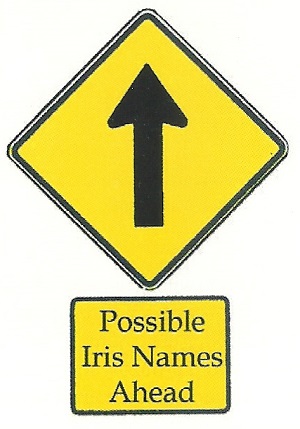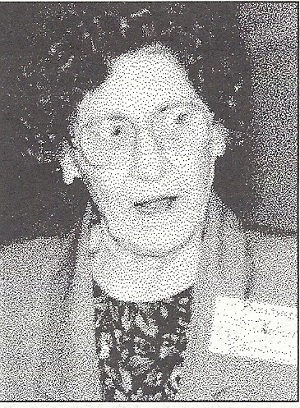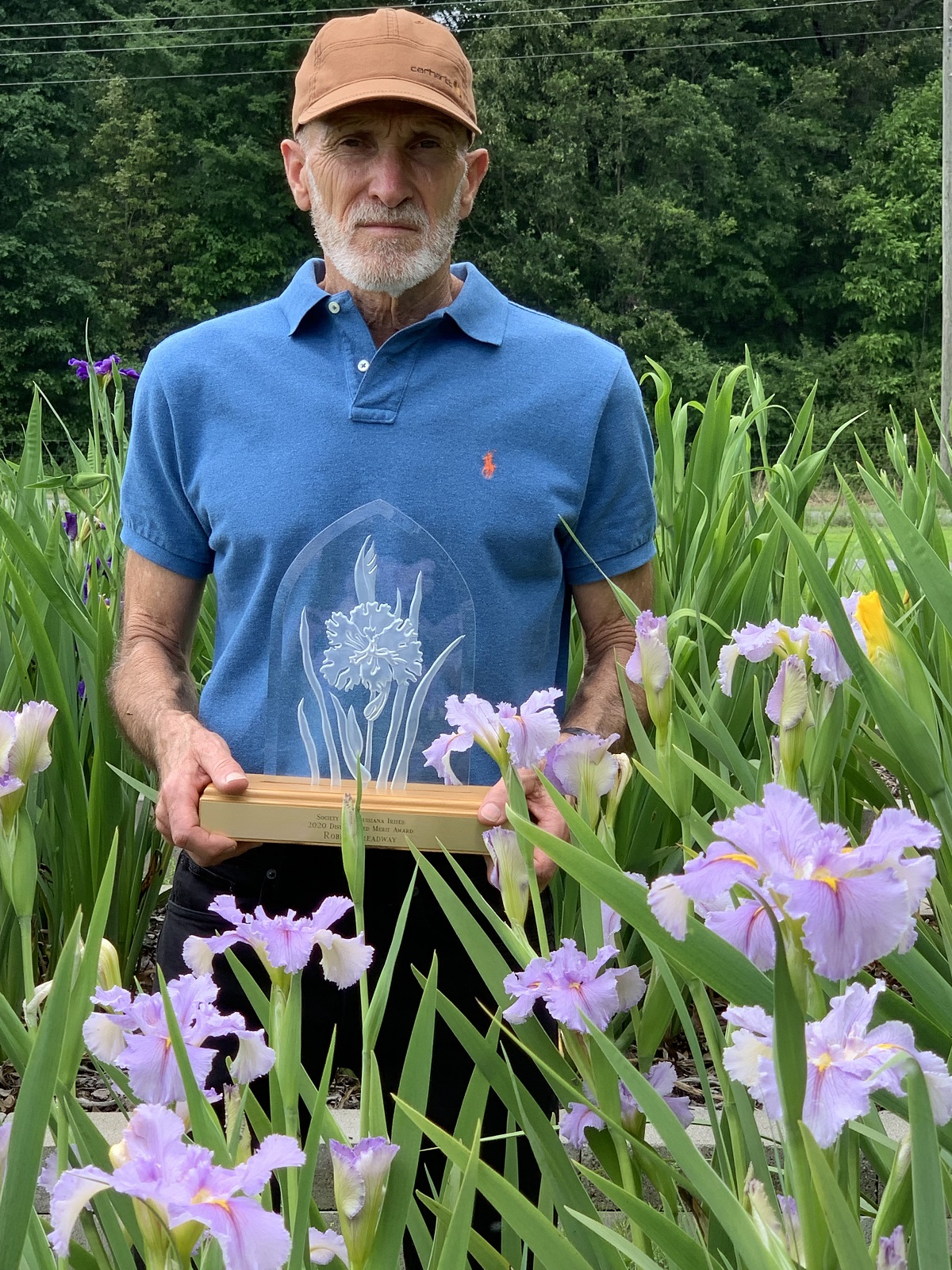For a good while it has been past time to pick some names for new irises. I have quite a few seedlings that have paid their dues and have been waiting patiently. I am not sure why I procrastinate in reserving names and registering irises. Perhaps it is out of a fear that an iris may yet prove unworthy, and registration and certainly introduction permanently foists a plant on the iris world.
Sometimes I can’t decide if I wait too long or not long enough. Probably some of each. It is not that I can’t think of names, because I have a long list. They occur to me or I hear a phrase that strikes a chord, and I add names much faster than I develop new irises. I will never exhaust my list. Possibly I should reserve them all and sell the best on ebay. Perhaps they are already for sale there.
Of course, to say that I have names does not mean that I have good names. I like them, but they might not play as well elsewhere. I tend to pick names with Louisiana, often New Orleans, associations. ‘Prytania, , ‘Tchoupitoulas,’ and ‘Frenchmen Street’ are all New Orleans street names. ‘Gentilly’ and ‘Faubourg-St. John’ are old neighborhoods. (Both flooded when the levees broke after Katrina, Gentilly catastrophically with up to ten feet of water on some streets).

I name a few introductions for people. ‘Sarah O’Connor’ and ‘Hurricane Colin’ are named for my daughter and son, respectively. ‘Sharon Juliette’ is for my wife. ‘Emory Smith’ is in honor of a man I met in his nineties, a retired mail carrier who collected native plants and donated his property to Louisiana State University for an arboretum. He was quite a fellow and anyone interested can learn about him at www.lsu.edulhilltop/.
I have been advised that I should pick names that help “market” an iris. I am not sure how to do that – except to avoid exceptionally bad names. Once when I drove the road from New Orleans to Baton Rouge on my morning commute, I decided to survey the landscape and roadside looking for ideas. I turned off the radio and waited for inspiration. When I got to Baton Rouge I had a list of more than 60 names, almost all from road signs and almost all awful. “Substandard Roadway?” Probably not acceptable, although it would have a certain authenticity as a Louisiana name. I did note that one road sign contained the names of two of my previous registrations, ‘River Road’ and ‘Sunshine Bridge,’ pointing the way to the bridge itself and to several plantations along River Road. So the strategy can’t be all bad.

I have given serious consideration to adopting the “Sunset-Sunrise”** route to iris recognition. Not that Marvin Granger ever contemplated or even imagined the path to fame that his ‘Acadian Sunset’ would travel. Still, I could not help but daydream about the potential of “Stylish Socialist,” “Velveeta Memory,” “Sun and Smurf,” “Bayou Snort Stuff,” and “Great White Pope.” I did the right thing, however, and crossed these off my list.
For better or worse, I now have a handful of new registration cards that just arrived from the American Iris Society. They include ‘Bywater,’ a pale blue named for an old neighborhood in New Orleans that is down river from the French Quarter just before om enters the Ninth Ward. The Bywater neighborhood came close to being ruined by Katrina, too, but it survived. Appropriately named, it could well have been under water.

The other newbies are ‘Nottoway,’ the white namesake of a big white plantation house upriver from New Orleans; ‘Early On,’ a big early blooming thing; ‘Highland Road,’ a red named for a picturesque road in Baton Rouge that hugs the high ground along what was the natural limit of the Mississippi flood plain before levees were built. ‘Monkey Hill’ is a medium height red named for a huge mound of soil at Audubon Park built up so that the children of New Orleans would have some notion of what the word “mountain” might mean. Things that connote high ground seem to have a special appeal these days.
‘Big Charity’ is the popular name of a public hospital first opened in 1736 and destroyed in 2005 by Hurricane Katrina. It provided care for anyone regardless of ability to pay, and as I write this it is not at all certain that anyone will come up with the money to rebuild it. That would be yet another tragedy for the region.

And last, there is ‘Storyville,’ named for a famous red light district in New Orleans dating from 1896 to 1917. Storyville was of historical and architectural importance, with etensive documentation of life there and great local interest. The iris is red, of course.
Due to Katrina, there will be a year’s delay in introducing these irises. By then, I should have another batch to register. I can promise that none will be named “Katrina”, “FEMA”, or “Corps of Engineers.”
*Patrick “Pat” O’Connor, a former editor of the SLI Newsletter and Society board member, recently retired as director of research and development, LSU Health Sciences Center, Health Care Services Division, Baton Rouge, LA.

**[Editor’s Notes: ‘Cajun Sunset’ (Granger 90) won the most votes by AIS judges for the 2003 DeBaillon Medal, but the Society for Louisiana Irises refused to award the Medal due to the belief that the judges confused the iris with previous DeBaillon winner ‘Cajun Sunrise’. ‘Cajun Sunset’ never received wide distribution, and it has disappeared from cultivation].
This article first appeared in the SLI Newsletter, Winter 2005 edition.



